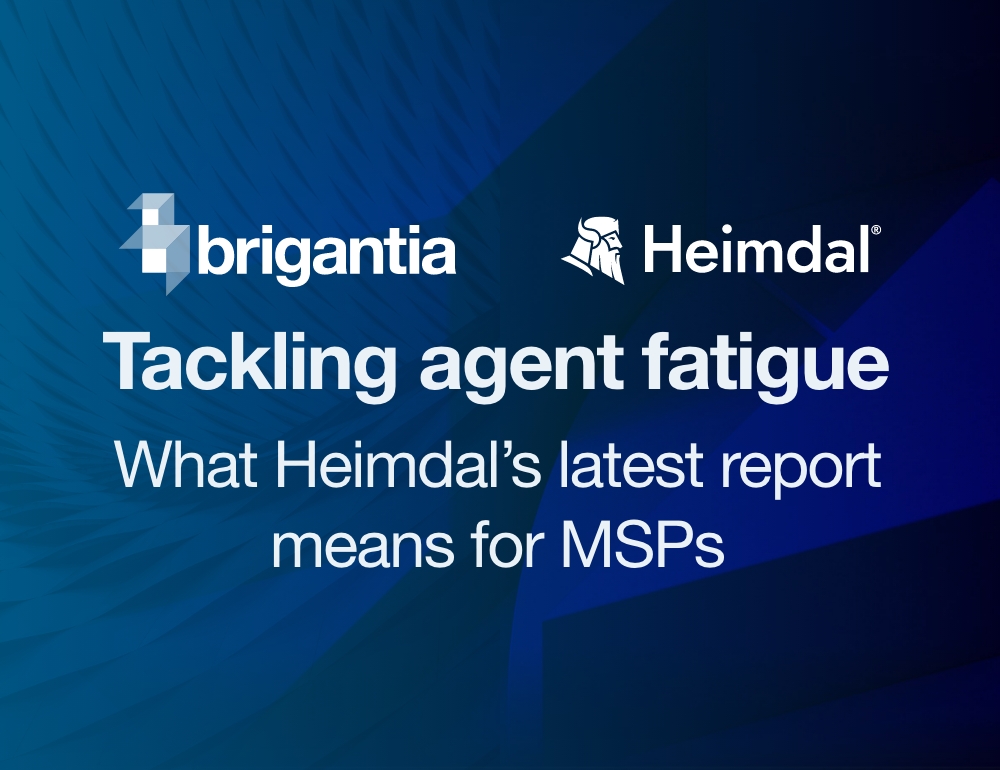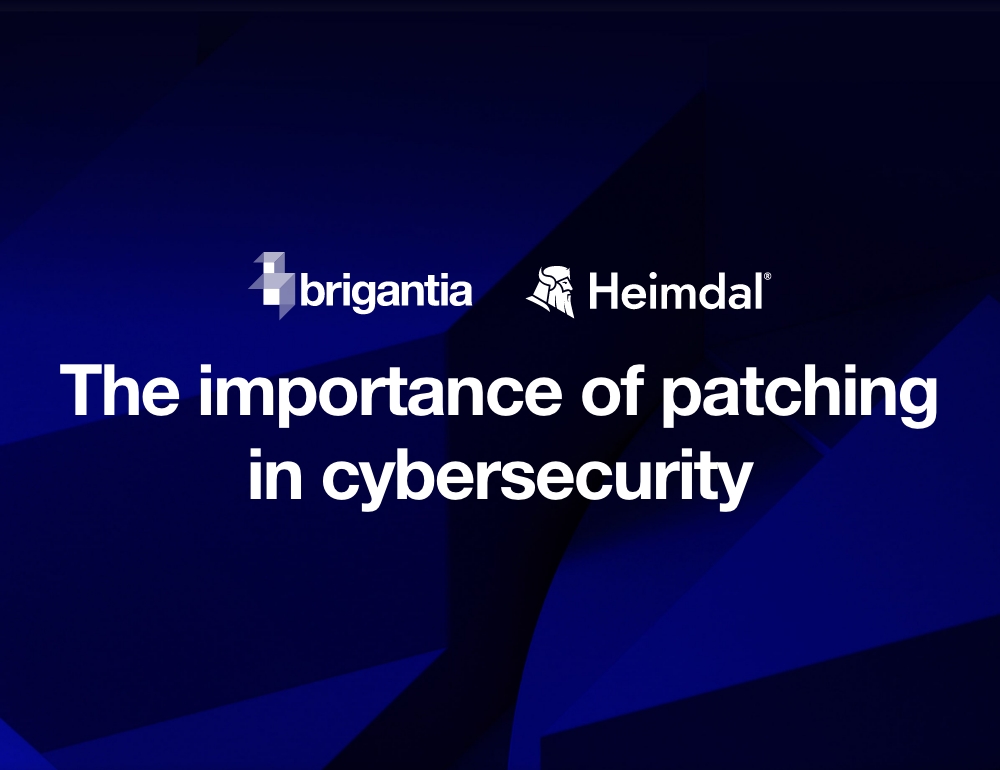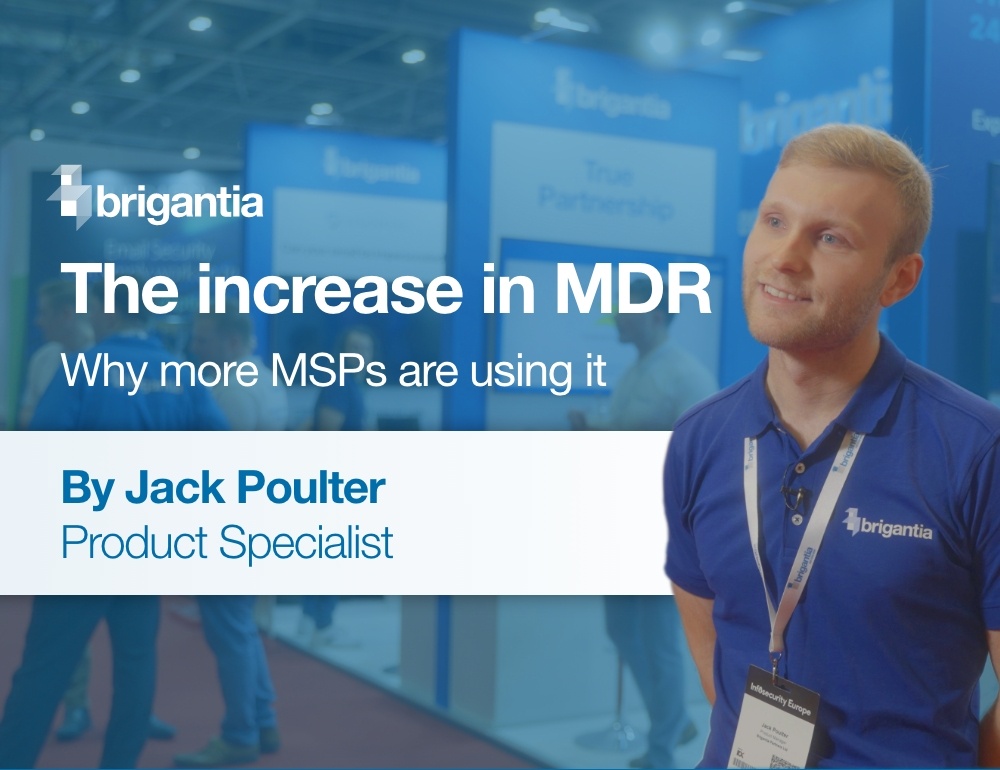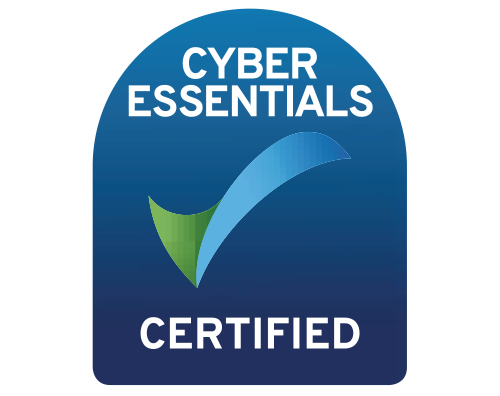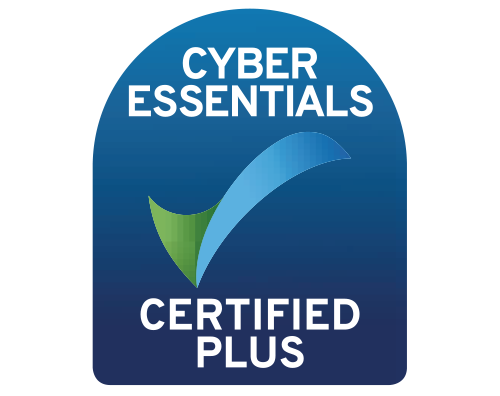As we navigate a continually changing cybersecurity landscape, one thing has become clear. Disconnected defences can struggle to keep pace with modern cybersecurity demands. Managing a complex web of vendors, portals and patchwork solutions can drain time, resources and performance, leaving gaps that today’s attackers are ready to exploit.
That’s why more and more MSPs are turning to unified solutions that simplify operations, reduce risk and support scalable growth. At the forefront of this transformation is Heimdal, a purpose-built platform designed to unify security stacks and provide MSPs with everything they need to stay secure, competitive and profitable.
The changing face of cybersecurity for MSPs
It wasn’t that long ago that a cybersecurity offering could be comprised of just remote monitoring and management tool combined with a reliable antivirus. This isn’t the case anymore, and the need and demand for robust cybersecurity is higher than ever.
When was the turning point? High-profile attacks like WannaCry in 2017 marked a significant change in the landscape, demonstrating how threats had quickly become more sophisticated and disruptive. As a result, cybersecurity expectations from customers skyrocketed and suddenly, MSPs needed to go beyond the basics, introducing tools like patch management, privileged access management, ransomware protection, email security and more to keep clients protected.
As needs have changed and demands increase, so has the complexity of managing them. What was once a lean and manageable tech stack has now become an ecosystem of disconnected tools.
The problem with disconnected cybersecurity
It can be easy to end up in a situation juggling a patchwork of cybersecurity tools, all with separate portals, pricing, training and support models. This may fit the needs of some businesses but for many it can end up being costly in more ways than one …
- Operational inefficiency: Switching between dashboards and managing multiple vendor relationships can eat into valuable time that could be spent elsewhere.
- Increased risk: If tools don’t work together, gaps in security can often appear, increasing the risk of attacks successfully getting through the net.
- Training and support burdens: Having to onboard staff across multiple systems is a slow and expensive process.
- Disjointed reporting: With multiple products and portals, you’ll have access to multiple reporting modules – but unless you invest in highly complex data analysis services, those reports don’t speak to each other. Real-world breaches will work across different layers of defence. If each layer has siloed reporting, it makes audits slower and vulnerabilities harder to spot.
- Vendor overload: With over 80,000 providers in the cybersecurity space, MSPs are often overwhelmed trying to choose the right combinations.
Why unification is a smart, scalable security strategy
A unified approach to security allows you to consolidate essential layers of security into one, simple integrated solution. This type of approach can offer up some major advantages including:
- Simplified operations: One platform to manage threat prevention, detection, response, compliance and more.
- Time and cost savings: Less training, fewer vendor relationships, and streamlined support.
- Improved security: Unified modules can communicate and respond to threats more effectively in real time, and unify reporting across each layer.
- Easier compliance: A single source of information can make auditing and meeting regulatory standards much simpler.
- Scalability: MSPs can grow their service offering without increasing complexity.
How Heimdal is built for unification
Heimdal is at the forefront of unified cybersecurity with its purpose-built platform designed to help MSPs deliver scalable, effective cybersecurity without the chaos of disconnected tools.
Here is what sets it apart …
- A truly unified platform: MSPs can access the single, multi-tenant interface to manage all security layers across all client environments.
- Market-leading XDR suite: Heimdal has over 10 award-winning modules including endpoint protection, DNS filtering, vulnerability management, PAM, email security and ransomware defence that seamlessly integrate with each other to provide comprehensive protection.
- Compliance support: Aligning with key regulatory standards, Heimdal helps keep your clients compliant.
- Proven adoption: In the last 12 months, 66% of MSPs that have onboarded with Heimdal® deployed four or more modules, demonstrating a testament to the value of a comprehensive, unified approach.
- New revenue streams: With one platform, you can expand your service portfolio while reducing operational costs, boosting margins and market competitiveness.
As threats grow and client expectations evolve, the case for unified cybersecurity is clear. MSPs who embrace this shift will be better equipped to protect customers, grow their business, and stay ahead in a crowded market. Heimdal makes unification simple, scalable, and profitable. You can find out further details about Heimdal and its extensive range of modules here
Ready to unify?
If you’ve been considering unifying your cybersecurity stack get in touch with our team to book a demo with one of our Heimdal product specialists

